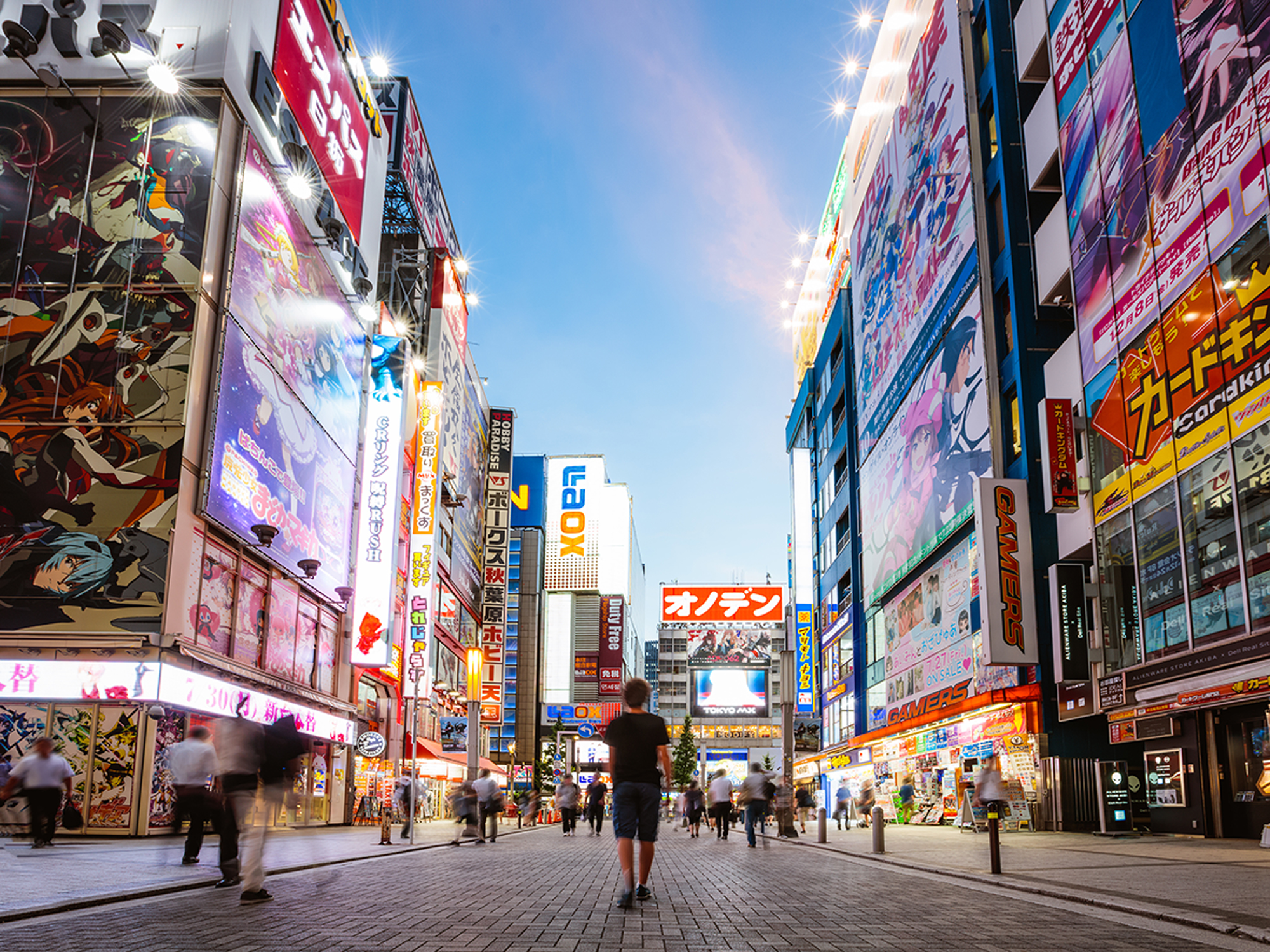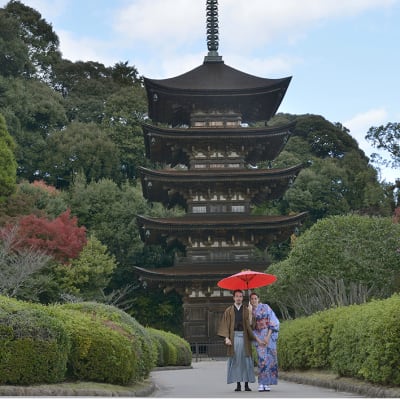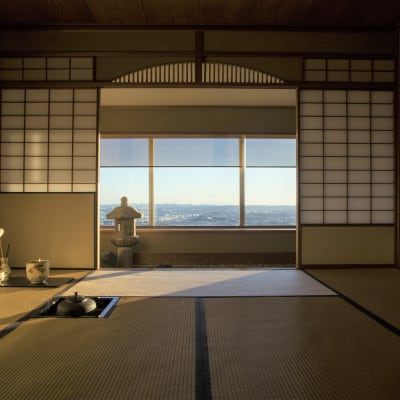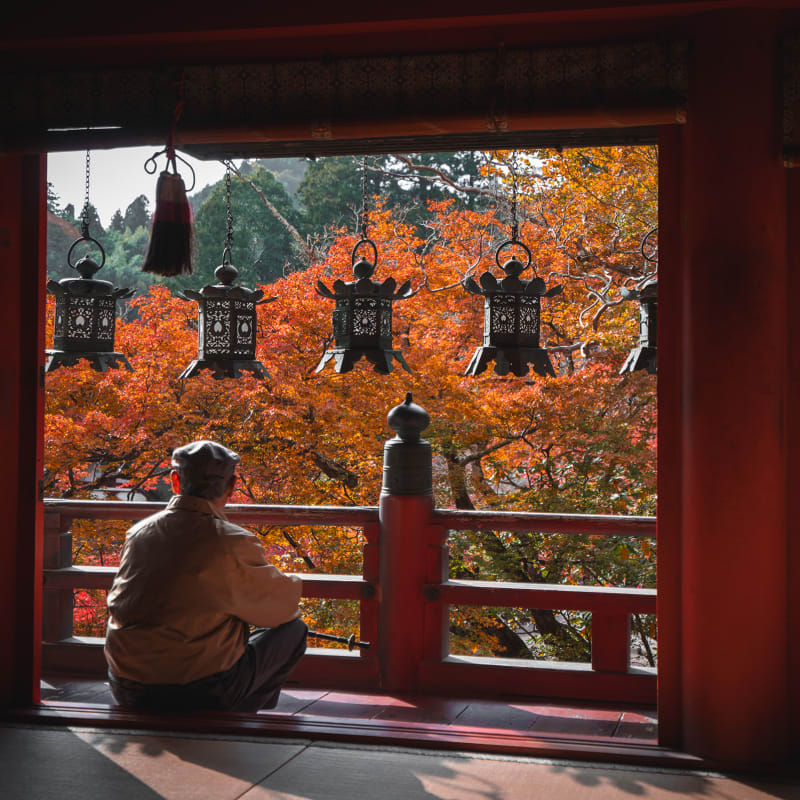-
- 简体中文
- 繁體中文(香港)
- 繁體中文(臺灣)
- India (English)
- Bahasa Indonesia
- 한국어
- ภาษาไทย
- Tiếng Việt
- Singapore (English)
- Philippines (English)
- Malaysia (English)
- Australia/New Zealand (English)
- Français
- Deutsch
- Italiano
- Español
- United Kingdom (English)
- Nordic countries(English)
- Canada (English)
- Canada (Français)
- United States (English)
- Mexico (español)
- Português
- العربية
- Japan(日本語)
- Global (English)
-
Destinations
-
Things to Do
-
Plan Your Trip
-
Articles
- JAPAN Monthly Web Magazine
- Tradition
- Arts & Cultures
- Cuisine
- Nature & Outdoor
- Shopping
- Relaxation
- Festivals & Events
- All
- Insider Blog
- Things to do
- Local Guides
- Outdoor
- Food & drink
- City life
- Culture
- Traditional
- Adventure
- Consumer
- All
Use the
Planning a Trip to Japan?
Share your travel photos with us by hashtagging your images with #visitjapanjp
Traditional Saitama City
©Saitama Tourism and Internatinal Relations Bureau
HOME > Japan’s Local Treasures > Traditional Saitama City
Tradition and cultural experiences abound in Saitama’s metropolis
Saitama City, Saitama Prefecture
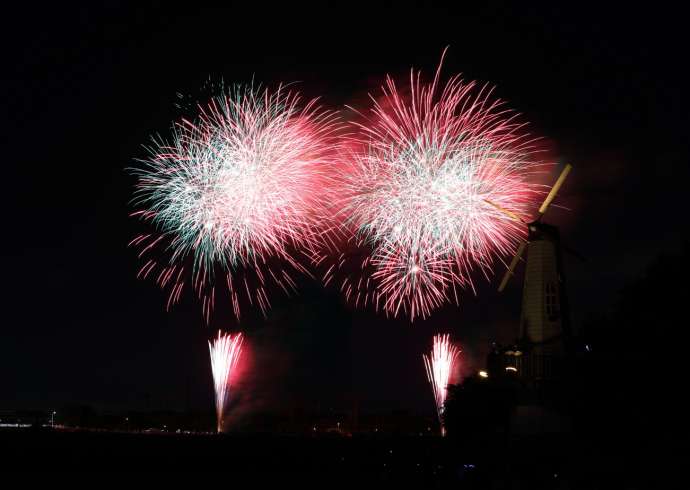
In 2001, Urawa, Omiya, and Yono merged to become Saitama City, and were later joined by Iwatsuki. These four former cities, each with their own unique culture, traditional crafts, and festivals passed down from generation to generation, make Saitama City a destination with a lot to offer visitors.
To see bonsai at their best, visit the Omiya area’s Bonsai Village, a neighborhood of bonsai nurseries and home to the Omiya Bonsai Art Museum. Established in the wake of the Great Kanto Earthquake of 1923, when Tokyo bonsai gardeners were forced to find a new base, the village boasts six gardens that welcome buyers and visitors. The neighboring Yono area, meanwhile, houses Yono Park, renowned for its rose garden.
The Iwatsuki area is one of the most famous ningyo doll towns in Japan. It has many ningyo studios and the Iwatsuki Ningyo Museum. With a history dating back hundreds of years, these Japanese dolls are still in popular use today for Girls’ Day and Boys’ Day celebrations.
The Urawa area is famous for its unagi eel food culture, and there are still many unagi restaurants that carry on the traditional techniques and tastes from the Edo period (1603-1868).
In summer, time your trip to Saitama to coincide with one of more than ten major festivals and fireworks displays that are held in the city each year.
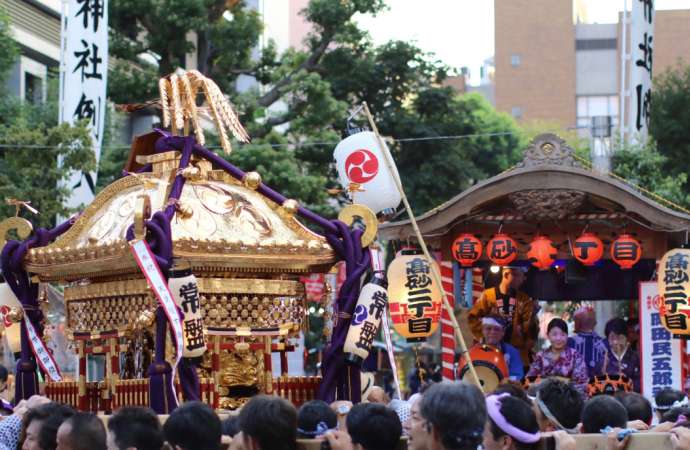
How to get there
About 30 minutes from JR Tokyo Station by train to Saitama City
6-4-4 Tokiwa, Urawa-ku, Saitama-shi, Saitama-ken
Nearby Experiences
- Home
- Japan’s Local Treasures
- Traditional Saitama City

















































